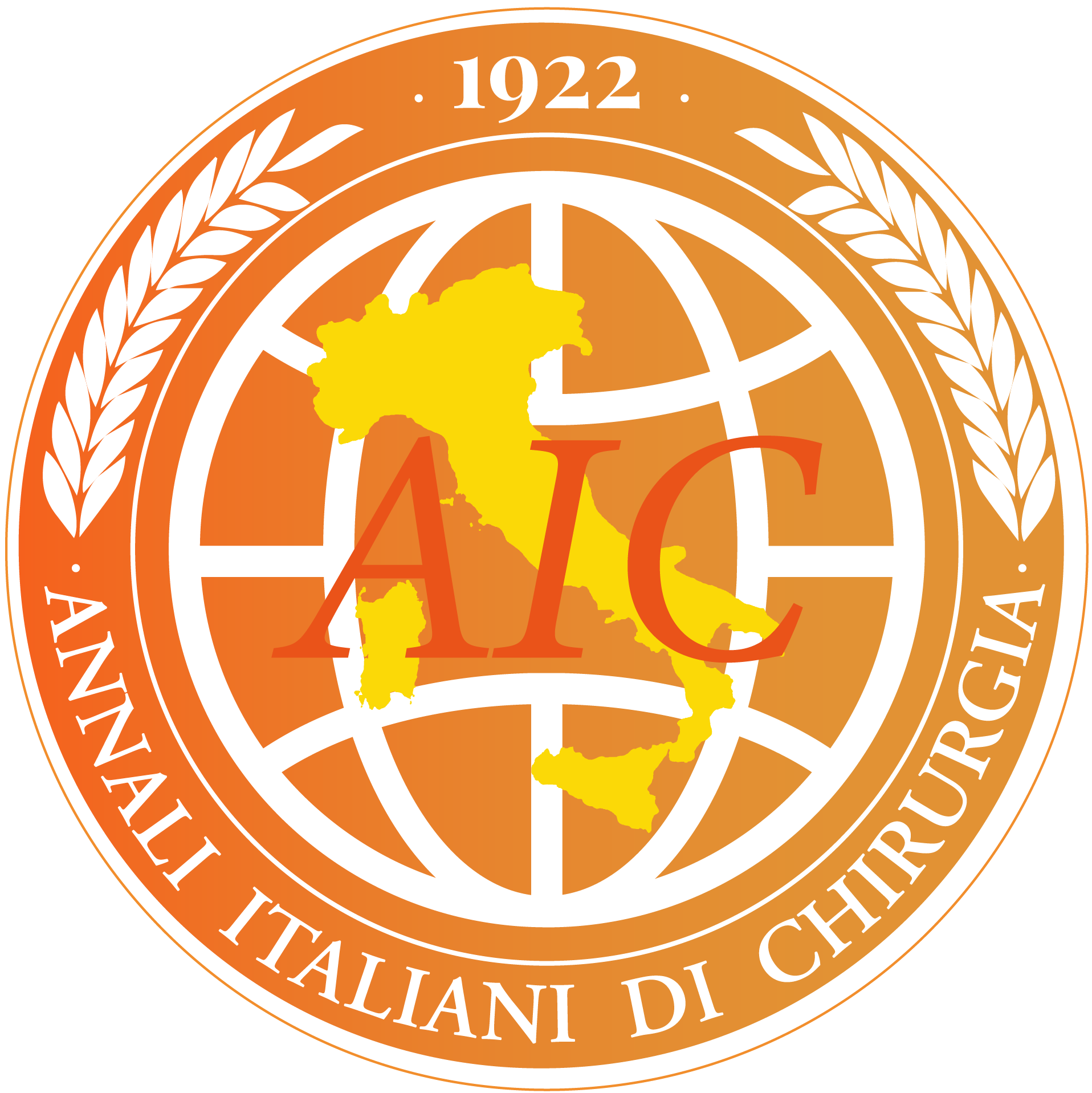Conventional (CH) vs Stapled Hemorrhoidectomy (SH) in surgical treatment of hemorrhoids Ten years experience
Simone Covotta, 1Angelo Forte 1
1 IV Scuola di Specializzazione in Chirurgia Generale, Direttore Prof. Francesco Vietri Department of Surgery “F. Durante”, Sapienza University, Rome
Ann. Ital. Chir., 2012, 83(2), 101467;
Published:
Copyright © 2012 Annali Italiani di Chirurgia
This work is licensed under a Creative Commons Attribution 4.0 International License.
Abstract
INTRODUCTION: Interest about hemorrhoids is related to its high incidence and elevated social costs that derive from its treatment. Several comparative studies are reported in Literature to define a standard for ideal treatment of hemorrhoidal disease. Radical surgery is the only therapeutic option in case of III and IV stage haemorrhoids. Hemorrhoids surgical techniques are classified as Open, Closed and Stapled ones. OBJECTIVE: We report our decennial experience on surgical treatment focusing on early, middle and late complications, indications and contraindications, satisfaction level of each surgical procedure for hemorrhoids. METHODS: Four hundred fortyeight patients have been hospitalized in our department from 1st January to 31st December 2008. Of these 241 underwent surgery with traditional open or closed technique and 207 with the SH technique according to Longo. This retrospective study includes only patients with symptomatic hemorrhoids at III or IV stage. RESULTS: There were no differences between CH and SH about both pre and post surgery hospitalization and intraoperative length. Pain is the most frequently observed early complication with a statistically significant difference in favour of SH. We obtain good results in CH group using anoderma sparing and perianal anaesthetic infiltration at the end of the surgery. In all cases, pain relief was obtained only with standard analgesic drugs (NSAIDs). We also observed that pain level influences the outcome after surgical treatment. No chronic pain cases were observed in both groups. Bleeding is another relevant early complication in particular after SH: we reported 2 cases of immediate surgical reintenvention and 2 cases treated with blood transfusion. Only in SH group we report also 5 cases of thrombosis of external haemorrhoids and 7 perianal hematoma both solved with medical therapy. There were no statistical significant differences between two groups about fever, incontinence to flatus, urinary retention, fecal incontinence, substenosis and anal burning. No cases of anal stenosis were observed. About late complications, most frequently observed were rectal prolapse and hemorrhoidal recurrence, especially after SH. DISCUSSION AND CONCLUSION: Our experience confirms the validity of both CH and SH. Failure may be related to wrong surgical indication or technical execution. Certainly CH procedure is more invasive and slightly more painfull in immediate postoperative period than SH surgery, which is slightly more expensive and has more complications. In our opinion the high risk of possible early and immediate complications after surgery requires at least a 24 hours hospitalization length. SH is the gold standard for III grade haemorrhoids with mucous prolapse while CH is suggested in IV grade cases. Hemorrhoidal arterial ligation operation (HALO) technique in III and IV degree needs further validations.
Keywords
- Anorectal dysfunction
- Complications
- Hemorrhoidectomy
- Longo stapled hemorrhoidopexy
- MilliganMorgan hemorrhoidectomy

